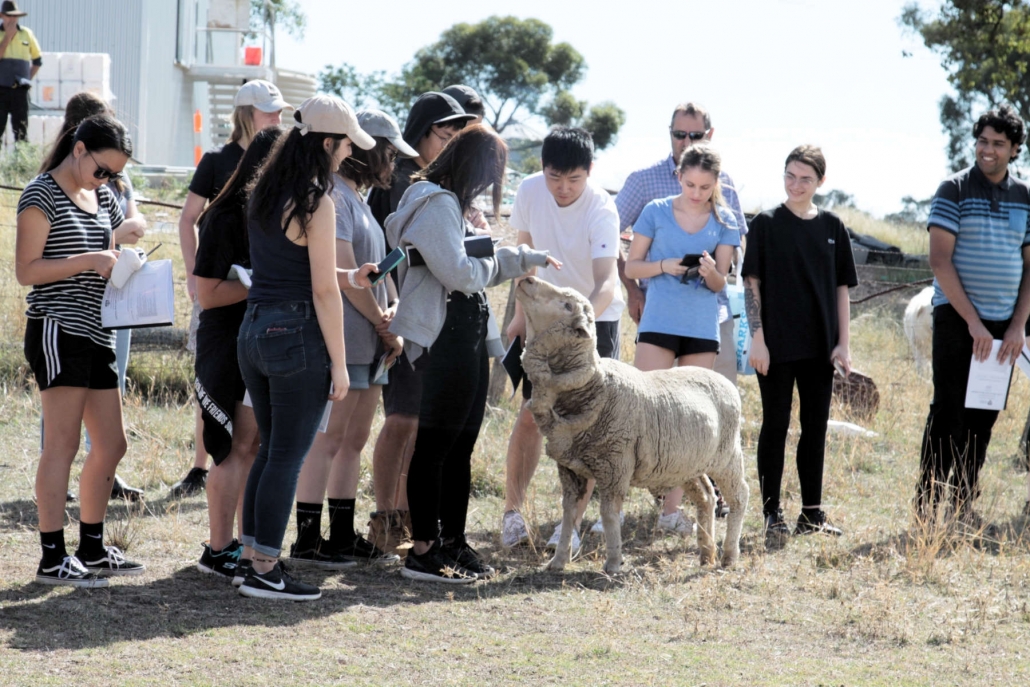Implementing innovative ecological approaches to land management
Students from the University of Sydney tour farms in our region to study regenerative agriculture practices
Long before the term ‘Regen Ag’ was coined, many farmers in our region have been implementing innovative, ecological approaches to land management and are now promoting and encouraging the adoption of regenerative landscape management practices to help build healthy, productive and profitable landscapes which are more resilient to the impacts of a changing climate to the next generation of farmers and land managers.
As part of a first year field trip, 55 Agricultural Science and Food and Agribussiness students and 4 staff toured various farming enterprises in the Central West last week. The last day of their expedition brought them to our district to visit properties practising regenerative agriculture.

The first stop was a visit to a 1200 acre grazing property in Goolma producing superfine merino wool. The owners have been trialling and implementing various regenerative agriculture techniques since the mid 90s and the students heard about their focus on managing native pasture, selecting genetics for a more resilient flock, encouraging animals to utilise a diversity of feed and using the livestock as a land management tool. Native biodiversity is also actively managed on the property and a watercourse and wetland have been fenced off for this purpose.
Next the students travelled to Gulgong to explore pasture cropping and enterprise stacking.
Colin Seis developed the method of ‘Pasture Cropping’ in the 1990’s, a no-till practice of sowing annual crops into dormant perennial grass, and since that time has been perfecting the practice on his Gulgong property, ‘Winona’. ‘Pasture Cropping’, combined with planned grazing of livestock enables multiple productive uses from a single paddock, with minimal use of herbicides or other inputs.
‘Pasture Cropping’ has also produced significant improvements in soil health. Studies conducted by Sydney University and CSIRO/Department of Primary Industries showed increases of 204% in organic carbon and 200% in the water holding capacity of ‘Winonas’ soils, over a 10 year period. Soil nutrients and trace elements have increased by an average of 172%.
The benefits of improving landscape function and increasing production results have been internationally recognised. ‘Pasture Cropping’ has been adopted in the United States, South Africa and Norway as well as over 2,500 farms across Australia. Colin Seis has been recognised as a leading performer of regenerative landscape management practices and now spends much of his time travelling all over Australia and overseas training other farmers to implement the technique.
A successful, profitable farm is about more than just land management, and relies on having a robust business structure. One strategy is not ‘putting all your eggs in the one basket’. Colin Seis has built resilience into his farm by diversifying interests. ‘Winona’, traditionally a fine wool property, now also produces fat lambs, grain and native grass seed (it’s most profitable venture). Colin is also a renowned dog trainer and breeder, and dogs from his Kelpie stud are much sought after.
